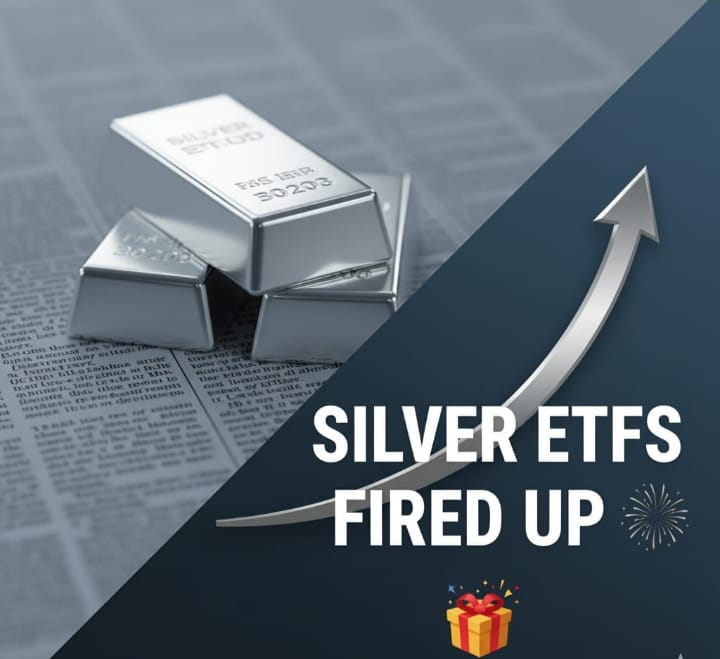
The silver market witnessed a dramatic surge, with silver exchange-traded funds (ETFs) reaching a 10-12% premium over spot prices, an unusual phenomenon driven by a confluence of factors: physical scarcity, robust festive demand, and significant buying by large multi-asset funds. This spike is more than a fleeting market reaction; it signals a fundamental shift in the silver investment landscape and exposes the delicate balance between paper and physical assets.
The most striking aspect of the recent price action is the decoupling of the ETF price from the underlying spot price, a rarity in normally efficient markets. Silver ETFs, such as Nippon Silver ETF, initially struggled to keep pace with the premium, but ultimately surged significantly, with the Nippon Silver ETF closing 2.8% higher after a volatile trading day. This premium acts as a key indicator of physical market distress. As Kotak Mahindra AMC's Satish Dondapati pointed out, the usual ETF pricing mechanism assumes adequate supply; a deviation like this suggests a profound shortage of the physical metal. The arbitrageurs, the market players who typically exploit such pricing anomalies, are finding it difficult to bring the prices back into alignment, which strongly hints that the physical supply constraint is real and acute.
The scarcity is multi-faceted. On the supply side, a lack of inventory among domestic bullion dealers has been a major constraint. Bullion dealers, the direct interface with the physical market, have virtually no stock to sell in the short term. This domestic shortage is exacerbated by logistical bottlenecks impacting imports. Dealers are struggling to speed up imports from international centers, with transport delays hindering the replenishment of physical stock. One of the reasons cited for the order delays is the surge in investment demand, creating a bottleneck that has left dealers scrambling. The mention of a well-known bullion dealer in Mumbai confessing to a shortage of silver bars and coins solidifies the picture of a genuine supply crunch at the ground level.
The demand-side picture is equally compelling. The immediate trigger is the festive and wedding season in India, which traditionally sees massive consumption of physical gold and silver for jewelry, household items, and gifts. This predictable seasonal spike in demand, however, has collided with a powerful, structural shift in investment appetite. Multi-asset schemes, particularly those with a mandate to hold a portion of their assets in gold and silver, have been steadily increasing their exposure. The combined holdings of mutual funds now constitute a large and influential block of silver and silver ETF demand. This institutional buying provides a strong, persistent floor to the price, unlike the more transient nature of seasonal jewelry demand.
Furthermore, a "sudden surge" in investment demand is being fueled by broader economic expectations. The narrative of continued price gains, combined with strong industrial demand from sectors like semiconductors, electric vehicles, and chips, is attracting robust buying interest. Silver is not just a precious metal; it is an industrial commodity critical to the energy transition and high-tech manufacturing. Expectations of a sustained industrial-led demand provide a bullish overhang that encourages investors to jump in, further driving up the price.
The intra-day trading pattern of silver ETFs also offers a clue to the intensity of demand. ETFs began trading strong and, despite a predictable spike in morning market action, maintained momentum, suggesting sustained buying beyond the initial frenzy. The sharp spike around 9:15 am, coinciding with active bullion market participation, and the continued surge even after 10 am, underscore the urgency with which funds and individuals are seeking exposure.
In conclusion, the recent silver market surge is a powerful story of convergence—where cyclical demand (festive season) meets structural demand (institutional investment and industrial application), all against a backdrop of acute physical scarcity and logistical friction. The ETF premium is the market's cry, highlighting the disconnect between the paper price and the strained reality of physical supply. For investors, this event underscores the growing importance of silver as a dual-nature asset—a safe-haven store of value and a vital industrial metal—and suggests that the factors underpinning this recent price fire-up are likely to keep the metal's trajectory bright, well beyond the immediate festive rush. The challenge now lies in how quickly the supply chain can respond to this unprecedented and multi-layered demand.


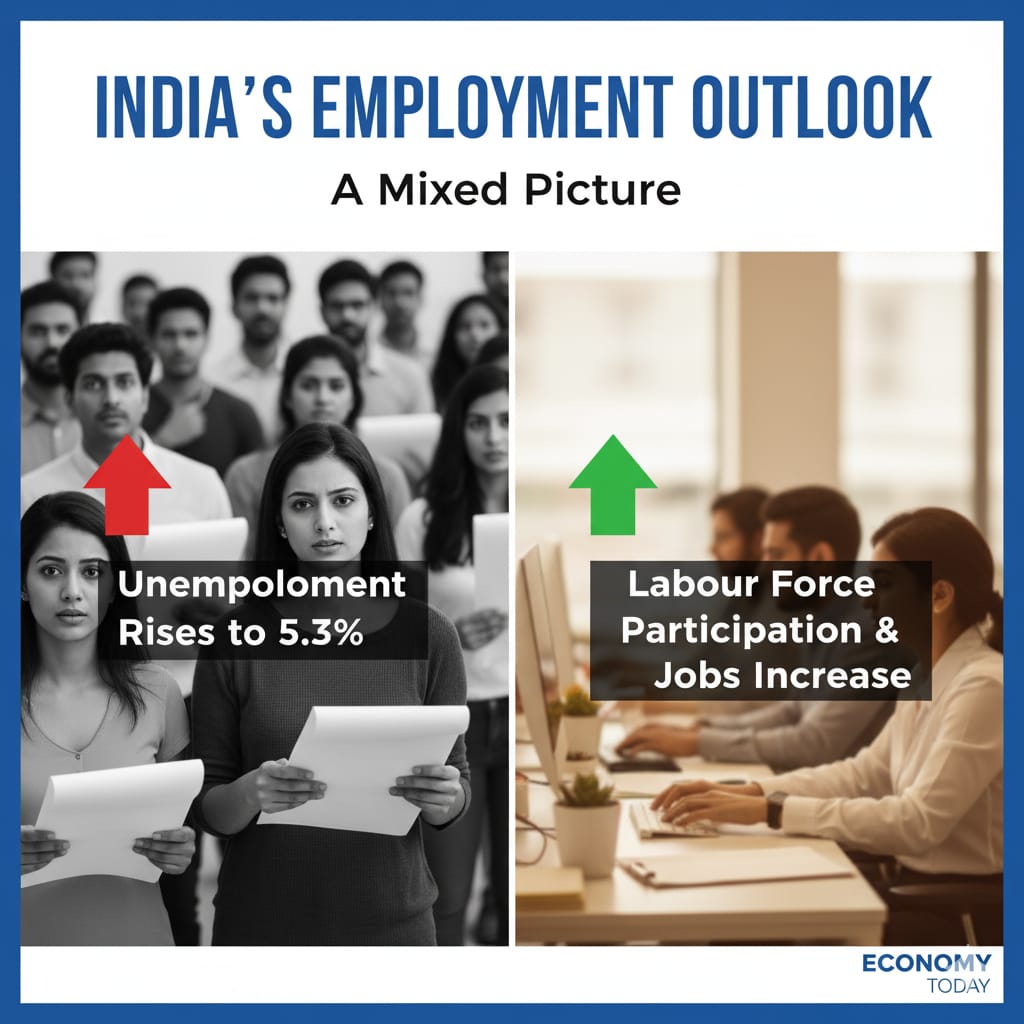
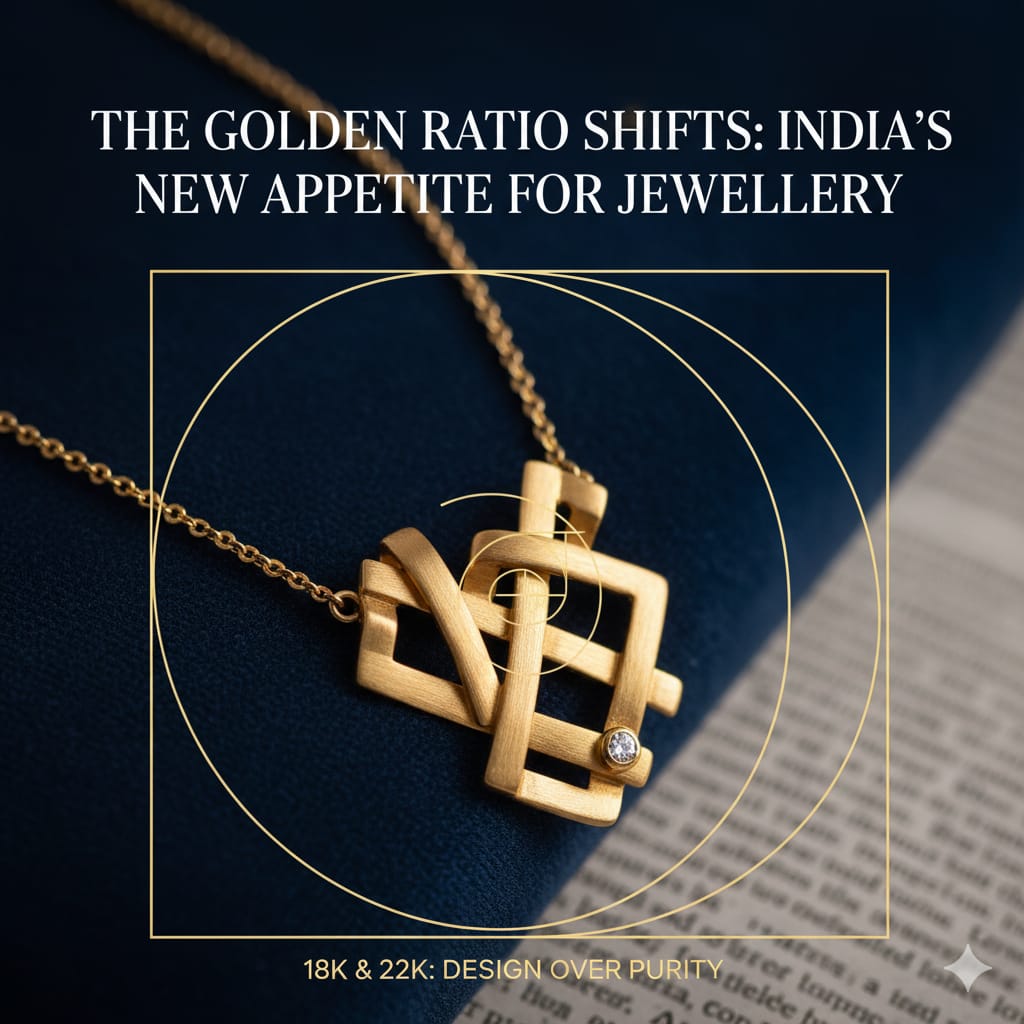

.jpeg)






.jpeg)
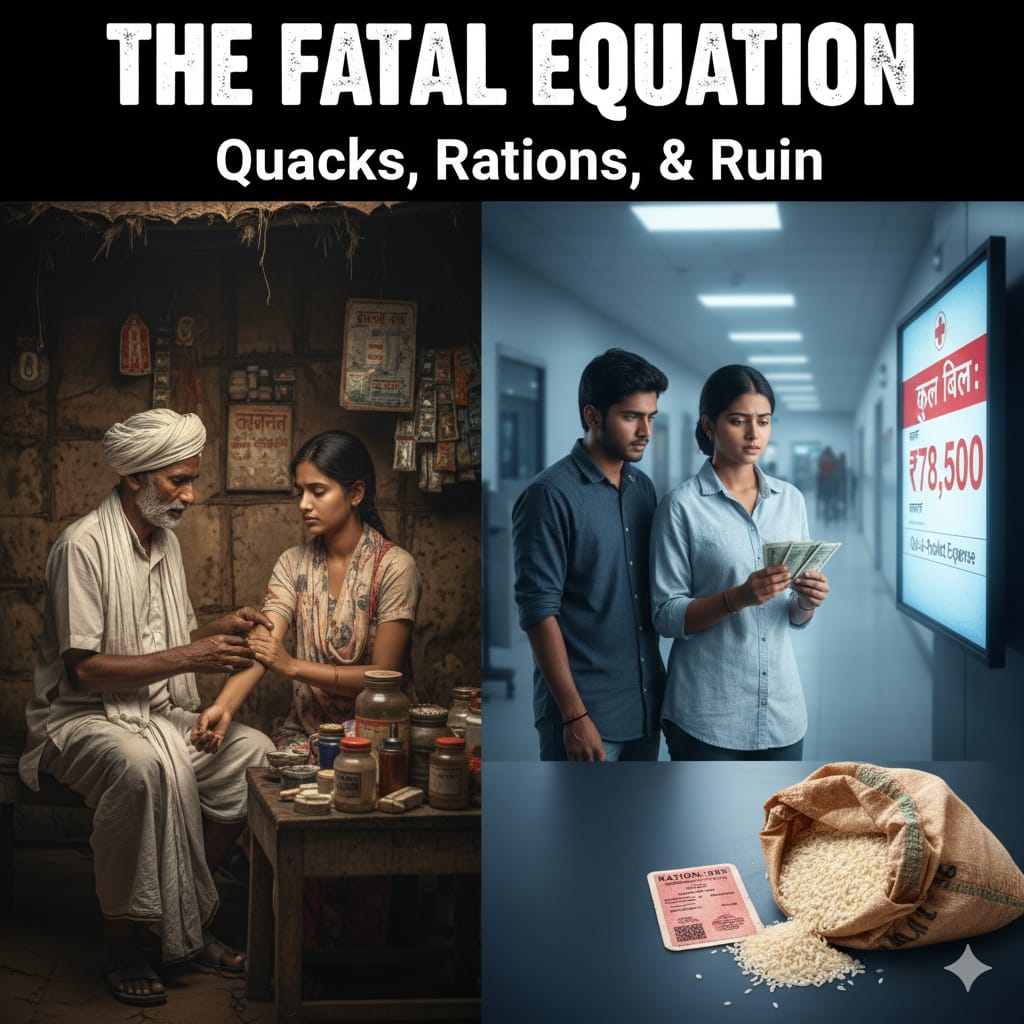

.jpeg)

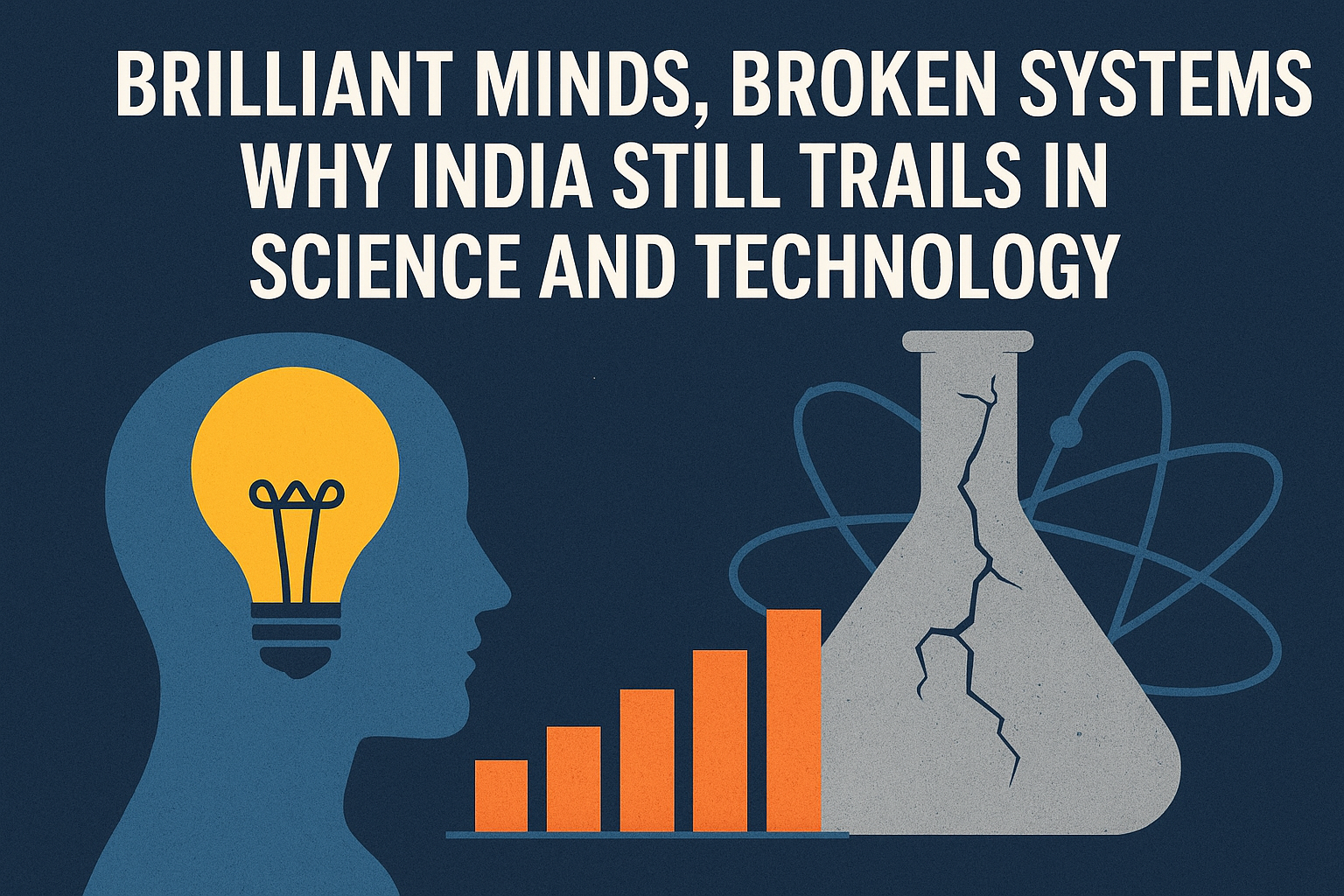
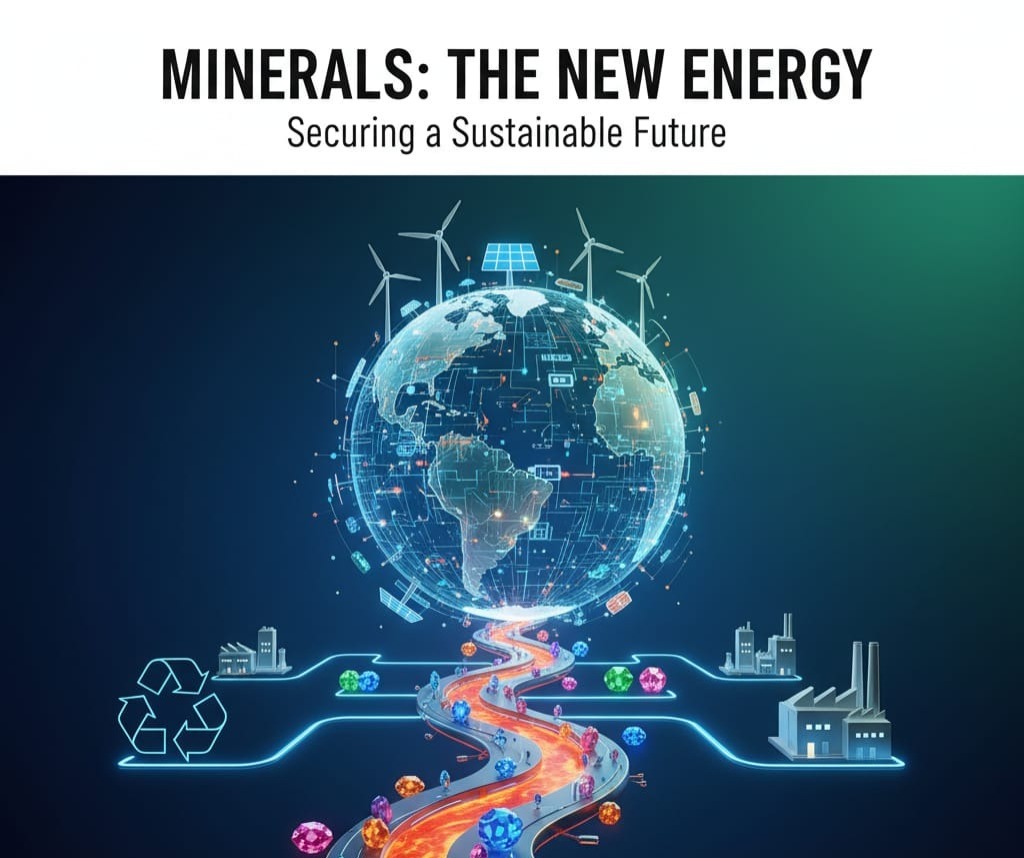

.jpeg)